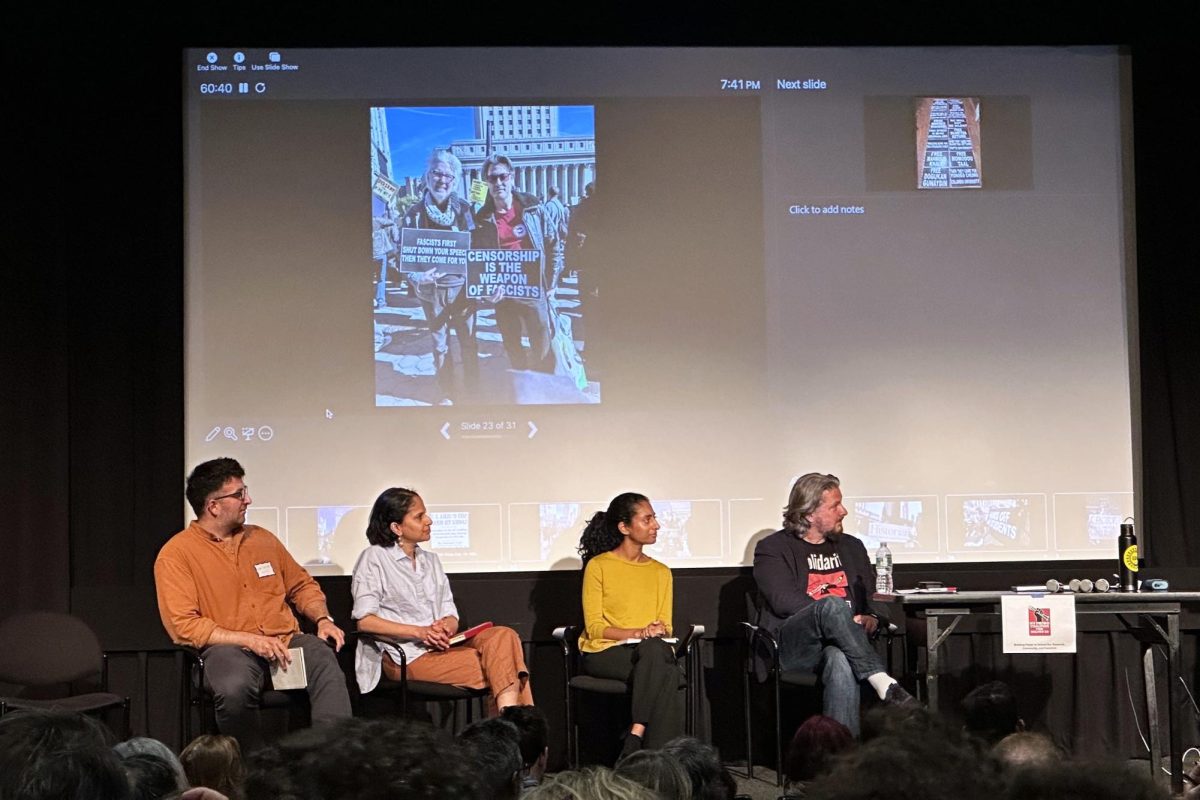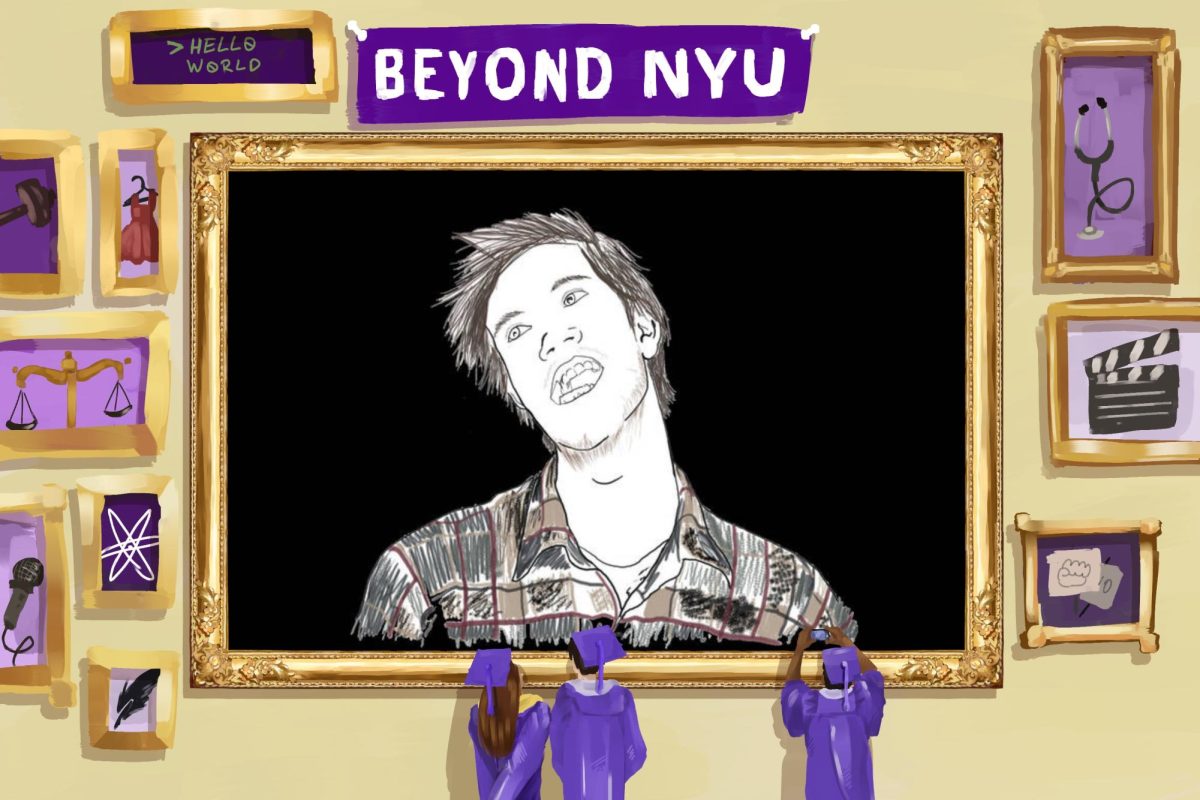Subway security unlikely to stop attack
October 15, 2014
An Oct. 13 report from NBC focusing on federal officials’ warnings of possible ISIS-inspired attacks against law enforcement agents and high-profile figures seems to implicitly rationalize the increased security personnel in New York City subways. Given ISIS’ rapid rise to power and its burning vitriol toward the United States, taking precautions to reassure New Yorkers of their safety appears wise. However, stationing law enforcement officers in subway stations is more likely to create an illusion of safety rather than actually diminishing the likelihood of an attack.
This report and the increase in subway security come after VICE released a video on Sept. 25 of an ISIS member predicting an attack on New York City. The same day, Iraqi Prime Minister Haidar al-Abadi said he received information from captured ISIS militants about plotted attacks in New York subways. City officials quickly responded, asserting that no credible threat existed according to their knowledge, but noting their intentions to remain vigilant in public safety. As a precaution, city officials significantly increased security in major subway stations — including ordering police forces to conduct random bag searches and deploying more bomb-sniffing dogs.
Despite airstrikes from the United States and allies, ISIS continues its offensive in Iraq, amassing more land and drawing nearer to Baghdad. Until June, few people recognized ISIS’ name. Now, President Barack Obama has stated that his administration initially underestimated ISIS. Senators dramatically declare the possibility of U.S. citizens “all [getting] killed back here at home” and almost two thirds of Americans support the continuation of airstrikes against ISIS. Through its beheadings and vicious slaughters, ISIS has revealed its willingness to commit inhumane acts to create a fundamentalist Sunni regime. An increased police presence and random searches would not prevent an attack.
Implementing police forces in subways also reintroduces the problem of racial profiling. Although NYPD police commissioner William Bratton sought to reconstruct the department to diminish controversial practices, many officers who supported abusive policies like stop-and-frisk still serve on the force. Six months ago, the New York Police Department officially disbanded a particularly troubling program that they, at one point, claimed never existed. This program, commonly called the Demographics Unit, targeted Muslim neighborhoods in the hopes of generating leads on terrorist activity. While the program no longer exists formally, the controversial practice cannot be forgotten. The authorization of police to randomly search individuals upon entry into the subway allows the use of racial stereotypes that occurred under Raymond Kelly’s leadership.
While placing more police officers in subway stations signifies that public officials want to protect public safety, the presence of highly armed officers is unlikely to prevent an attack and may come at the cost of infringing on personal freedoms.
A versin of this article appeared in the Wednesday, Oct. 15 print edition. Email Dan Moritz-Rabson at [email protected].

























































































































































